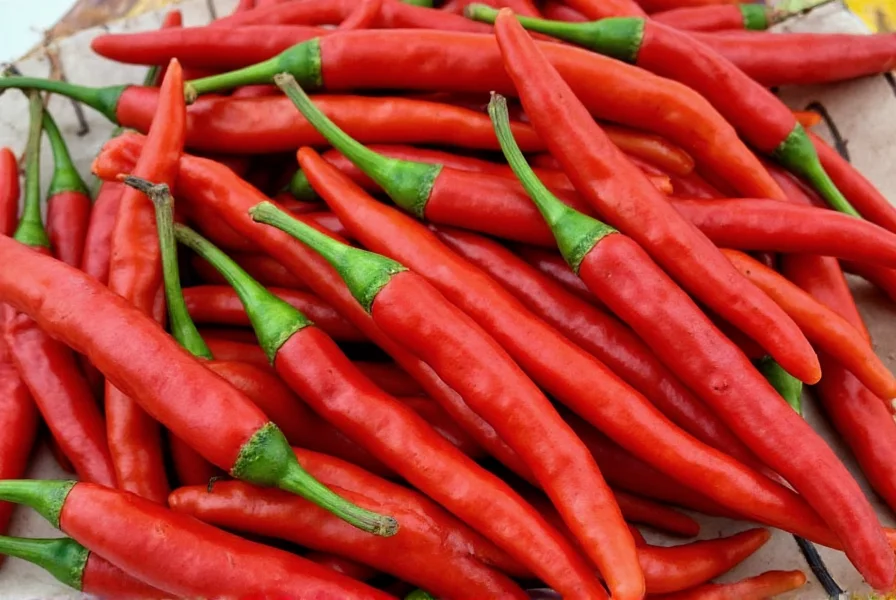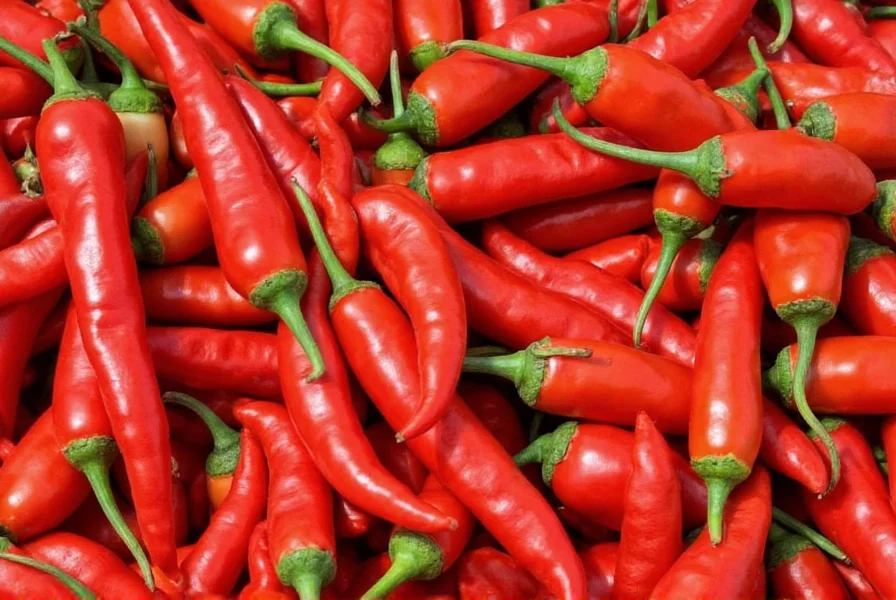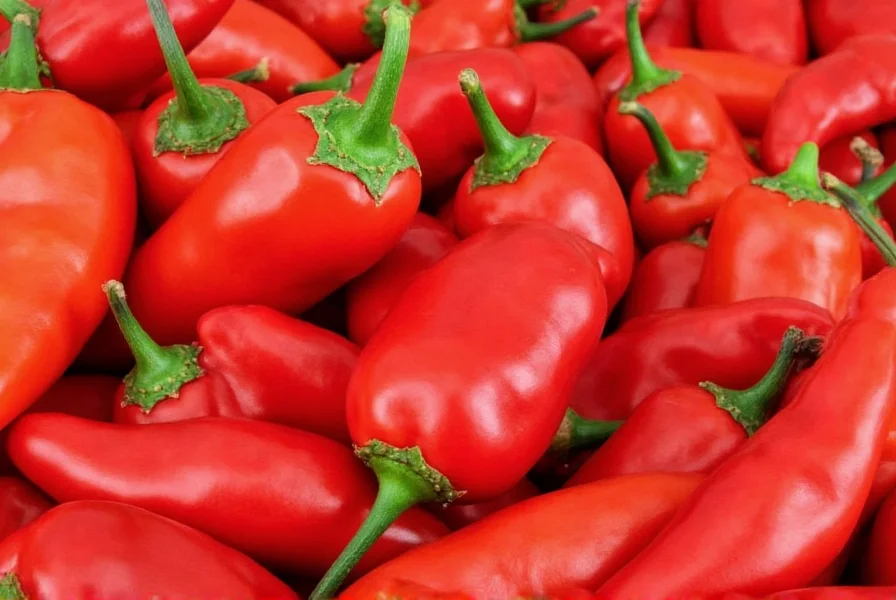If you're looking for the perfect spicy ingredient to elevate your dishes, arbol chilis are a must-have. These small but mighty peppers deliver intense heat with a complex flavor profile that's essential for authentic Mexican cuisine and beyond.

Understanding Arbol Chilis: The Ultimate Guide
Arbol chilis (meaning "tree chili" in Spanish) are small, slender dried peppers that pack a serious punch. With a Scoville rating of 15,000-30,000, they're hotter than jalapeños but less intense than cayenne peppers. What sets them apart is their unique flavor profile - earthy, nutty, and slightly smoky with a clean heat that doesn't linger.
Key Facts About Arbol Chilis
- Heat Level: 15,000-30,000 Scoville Heat Units (SHU)
- Appearance: Thin-skinned, bright red when dried, typically 2-3 inches long
- Flavor Profile: Earthy, nutty, smoky, with grassy undertones
- Common Uses: Salsas, hot sauces, marinades, oils, and spice blends
| Chili Variety | Scoville Heat Units (SHU) |
|---|---|
| Jalapeño | 2,500–8,000 |
| Serrano | 10,000–23,000 |
| Arbol Chili | 15,000–30,000 |
| Hatch Green Chile | 2,500–10,000 |
| Cayenne Pepper | 30,000–50,000 |
How to Use Arbol Chilis in Your Kitchen
1. Toasting and Grinding
Toast dried arbol chilis in a dry skillet for 1-2 minutes until fragrant, then crush into powder for:
- Spice rubs for meats
- Seasoning for roasted vegetables
- Adding heat to soups and stews
2. Making Chili Oil
Infuse neutral oil with arbol chilis for a versatile condiment:
- Heat 1 cup oil over low heat
- Add 10-12 dried chilis, 2 smashed garlic cloves, and optional peppercorns/bay leaf
- Simmer for 15 minutes
- Strain and store in a sterilized bottle

3. Homemade Hot Sauce
Soak chilis in warm water for 30 minutes, then blend with garlic, onion, vinegar, and salt for a quick, flavorful hot sauce.
Buying Guide: How to Choose Quality Arbol Chilis
When shopping for arbol chilis, look for:
- Bright red color (avoid faded or brownish peppers)
- Intact stems and firm texture
- Sealed packaging with no moisture
| Brand | Features | Best For | Available At |
|---|---|---|---|
| MexGrocer Organic Arbol Chilis | Organic, non-GMO, pesticide-free | Health-conscious users | Amazon, specialty grocers |
| La Costeña Arbol Chilis | Traditional Mexican brand | Authentic Mexican cooking | Grocery stores, Latin markets |
| Spice Islands Whole Arbol Peppers | Consistent size, reliable flavor | Cooking and baking applications | Supermarkets, spice aisles |
Storage Tips
- Store in airtight containers away from light and moisture
- For long-term storage (up to 2 years), freeze in sealed bags
- Properly stored dried chilis maintain quality for 6-12 months
Frequently Asked Questions
Can I eat arbol chilis raw?
While technically possible, raw arbol chilis are extremely hot and not commonly eaten this way. Toasting or cooking them first mellows the heat and enhances flavor.
How do I reduce the heat of arbol chilis?
Remove seeds and membranes before use, soak in hot water for 20-30 minutes, or use fewer chilis than the recipe calls for.
What's the best substitute for arbol chilis?
Guajillo or pasilla chilis work well for similar flavor complexity, or crushed red pepper flakes with smoked paprika for heat and depth.
What are the health benefits of arbol chilis?
Rich in capsaicin (linked to pain relief and metabolism boost), vitamin C, vitamin A, and antioxidants that support immune function and cardiovascular health.











 浙公网安备
33010002000092号
浙公网安备
33010002000092号 浙B2-20120091-4
浙B2-20120091-4